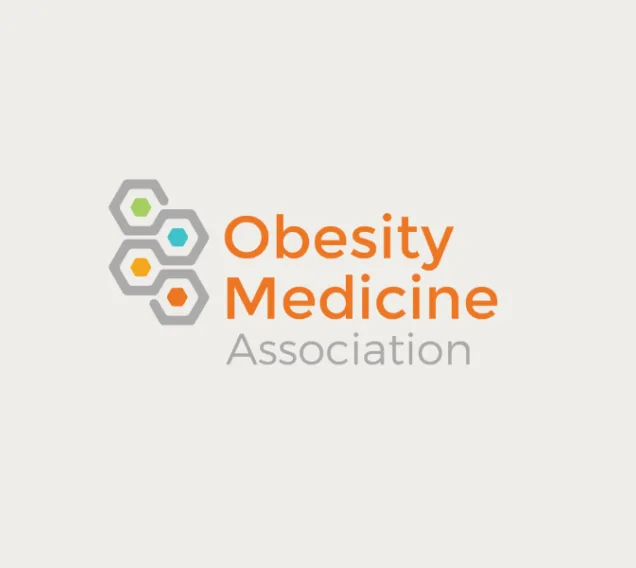August 29, 2017
Definition of Obesity
Share this post

Webster’s dictionary defines obesity as “a condition characterized by the excessive accumulation and storage of fat in the body.”
The Obesity Medicine Association’s definition of obesity is “a chronic, relapsing, multifactorial, neurobehavioral disease, wherein an increase in body fat promotes adipose tissue dysfunction and abnormal fat mass physical forces, resulting in adverse metabolic, biomechanical, and psychosocial health consequences.”
There are a number of methods to quantitatively define and categorize obesity.
Body Mass Index
Body mass index (BMI), used by the Centers for Disease Control and Prevention and the World Health Organization, is a person’s weight in kilograms divided by their height squared in meters. BMI often correlates with the degree of body “fatness” but should not be the sole indicator for presence of metabolic disease risk. Advantages of using BMI include being easy to perform, low cost, and reproducible. Disadvantages include not accounting for gender, ethnicity, muscle mass, and frame size.
BMI may be used to categorize weight.
- Underweight: ≤ 18.5 kg/m²
- Normal weight: 18.5-24.9 kg/m²
- Overweight: 25.0-29.9 kg/m²
- Class I Obesity: 30.0-34.9 kg/m²
- Class II Obesity: 35.0-39.9 kg/m²
- Class III Obesity: ≥ 40.0 kg/m²*
*Class III obesity is sometimes categorized as “extreme” or “severe” obesity.
Abdominal Circumference
Abdominal circumference is a measurement of central adiposity and correlates well with metabolic disease risk. It is easy to perform and inexpensive. Results may vary due to measurement technique. There are also racial and ethnic differences in the cut-off points for obesity with abdominal circumference.
- Caucasian Males: ≥ 40 inches correlates with obesity
- Caucasian Females: ≥ 35 inches correlates with obesity
- Asian Males: ≥ 35 inches correlates
- Asian Females: ≥ 31 inches correlates with obesity
Body Fat Percentage
Body fat percentage is the most accurate method to assess adiposity. Measurements are obtained with DEXA scanning, air or water displacement, 4-point or 2-point bioimpedance, or skin calipers, in decreasing order of accuracy.
- Males: Obesity ≥ 25% body fat
- Females: Obesity ≥ 32% body fat
Body composition testing accounts for differences in age, gender, body frame size, and muscle mass. Testing can be more expensive to perform, have limited availability, and is more limited in assessing for metabolic disease risk than abdominal circumference.
In summary, obesity can be quantitatively assessed using any of the three methods discussed. The pros and cons of each type of measurement, as well as the type of information desired, should be considered when assessing for obesity.
Frequently Asked Questions
Why is obesity a problem in the United States?
There is an obesity epidemic in America. According to the CDC, in 2017 – 2018, the prevalence of obesity was 42.4% and 19.3% for adults and children, respectively. Numerous reasons exist for leading to this epidemic, including poor sleep, stress, food insecurity, but two direct contributing factors include our food environment and sedentary lifestyle. Processed foods are easily accessible, affordable, calorie-dense, and highly rewarding; this leads to over consumption and increased calorie intake during the day. In addition, less calories are expended during the day, often due our work environment and leisure time activities (e.g., watching television, surfing the internet, staying indoors). Tackling the obesity epidemic in America will involve targeting both our food environment and physical environment.
Can obesity be cured?
Obesity is defined as a chronic, progressive, relapsing, multi-factorial disease meaning that obesity is complicated. Genetics, hormones, medications, and other environmental factors increase the likelihood a person will develop obesity. We now recognize that obesity is a disease like high blood pressure or diabetes, therefore, obesity can be managed but not cured.
